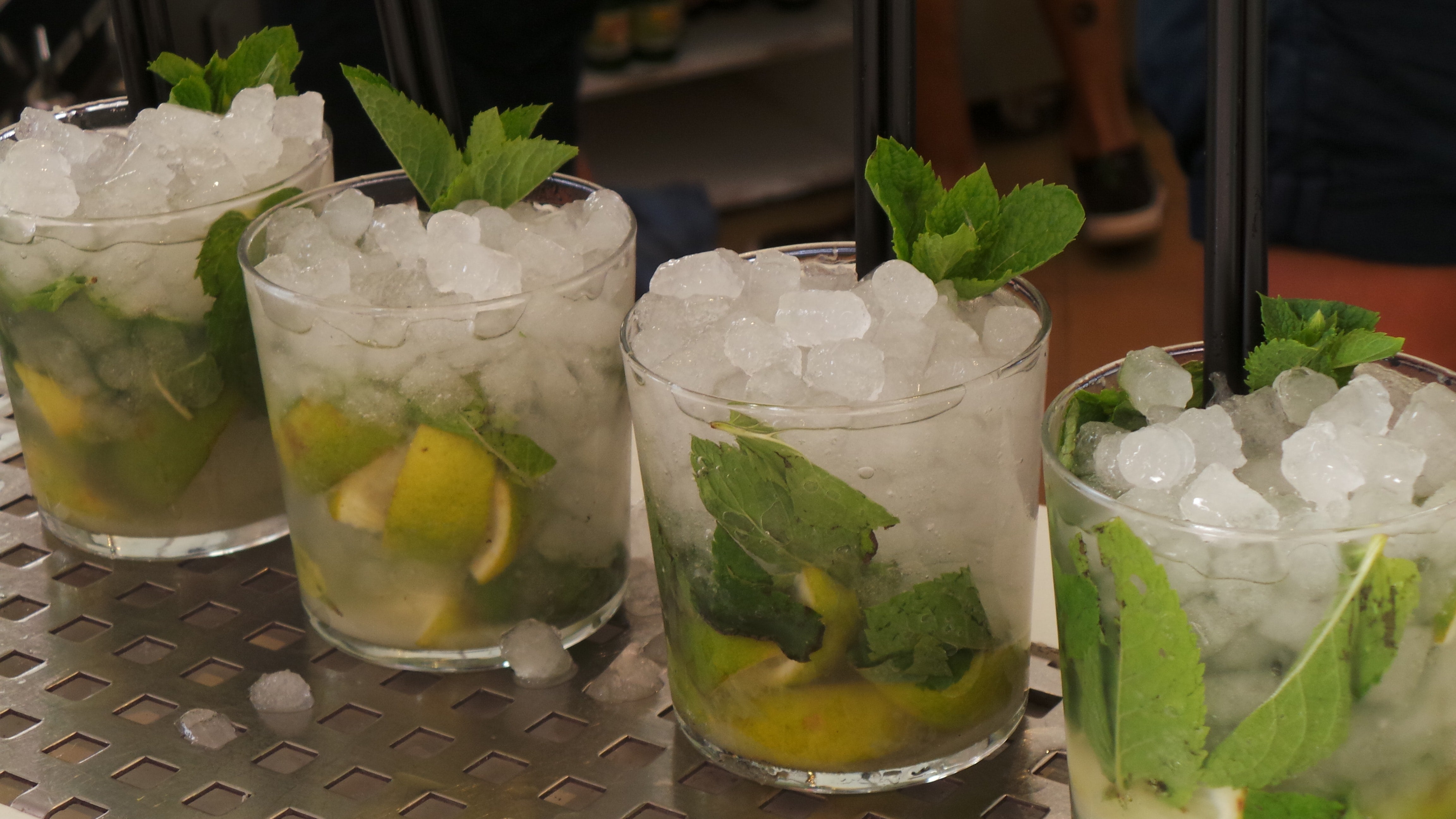Introduction
Ice is a crucial element in the restaurant and bar industry, impacting everything from the taste and presentation of drinks to the preservation of food. Understanding the different types of ice and their specific uses can help restaurateurs and bartenders enhance their service and customer experience.
Cube Ice
Description
Cube ice, also known as "regular" ice, consists of uniformly shaped cubes that are typically clear and solid. These cubes come in various sizes, including full cube, half cube, and dice cube, each offering different benefits depending on the application.
Uses
Cube ice is a versatile option commonly used in a wide range of beverages. It is ideal for:
- Cocktails and Spirits: Its slow-melting properties make it perfect for mixed drinks, preserving the integrity and taste of the beverage.
- Soft Drinks and Water: The standard shape and size fit well in most drinkware, providing a consistent cooling experience.
Advantages
- Long-lasting: Due to its solid nature, cube ice melts more slowly than other types, which helps maintain the flavor and temperature of drinks for longer periods.
- Visually Appealing: The clarity and uniformity of cube ice make it aesthetically pleasing, enhancing the overall presentation of beverages.
Considerations
- Ice Machine Type: Ensure you have the appropriate ice maker that produces the desired size and shape of cube ice.
- Storage and Handling: Proper storage is essential to maintain the quality and clarity of cube ice, preventing clumping and melting.
Crushed Ice
Description
Crushed ice consists of small, irregular pieces of ice typically made by crushing cube ice. It offers a quick cooling effect and is versatile in its applications.
Uses
Crushed ice is particularly suited for:
- Blended Drinks: Ideal for margaritas, smoothies, and other frozen beverages, providing a perfect blend of ice and liquid.
- Food Displays: Often used in seafood displays and salad bars to keep items cool and fresh.
Advantages
- Quick Cooling: Its small size and irregular shape allow for rapid cooling of drinks and food items.
- Easy to Pack: Crushed ice can be easily packed around items, making it perfect for display purposes.
Considerations
- Consistency: Ensure consistency in the size of crushed ice to maintain uniform cooling and presentation.
- Ice Machine Capacity: Choose a machine that can efficiently crush ice to meet your needs without compromising quality.
Nugget Ice (Chewable Ice)
Description
Nugget ice, also known as chewable or pellet ice, is small, soft, and chewable, made from compacted flake ice. It is favored for its unique texture and cooling properties.
Uses
Nugget ice is ideal for:
- Soft Drinks: Popular in sodas and other beverages, enhancing the drinking experience with its chewable texture.
- Healthcare Settings: Preferred in hospitals and care facilities due to its gentle texture.
- Specialty Cocktails: Adds an interesting texture to cocktails and mocktails.
Advantages
- Soft Texture: Gentle on teeth, making it a favorite among customers who enjoy chewing ice.
- Flavor Absorption: Absorbs the flavors of the beverages, enhancing the overall taste.
Considerations
- Ice Machine Efficiency: Ensure your ice maker can produce nugget ice efficiently without compromising on quality.
- Storage: Proper storage is necessary to prevent clumping and melting.
Flake Ice
Description
Flake ice consists of thin, flat pieces that are easy to mold and shape. It is often used in a crushed form and offers excellent surface coverage.
Uses
Flake ice is perfect for:
- Food Displays: Ideal for seafood, produce, and meat displays, keeping items cool and fresh.
- Blended Drinks: Commonly used in smoothies and other blended beverages for a smooth texture.
Advantages
- Surface Coverage: Provides excellent coverage for food displays, ensuring items remain cool.
- Rapid Cooling: Quickly cools items due to its thin and flat shape.
Considerations
- Handling: Handle with care to prevent premature melting and clumping.
- Machine Type: Choose a machine that produces consistent, high-quality flake ice.
Gourmet Ice (Specialty Ice)
Description
Gourmet ice, also known as specialty ice, consists of larger, uniquely shaped pieces such as spheres, cylinders, or large cubes. These pieces are crystal clear and aesthetically pleasing.
Uses
Gourmet ice is best for:
- High-End Cocktails: Perfect for premium spirits and cocktails, adding a touch of elegance.
- Specialty Drinks: Enhances the presentation of specialty beverages in upscale bars and restaurants.
Advantages
- Elegant Appearance: Adds sophistication to drinks, making them visually appealing.
- Slow Melting: Larger size ensures slow melting, preserving the drink's integrity and flavor.
Considerations
- Cost: Gourmet ice can be more expensive to produce due to specialized equipment.
- Storage and Handling: Requires careful storage to maintain clarity and prevent melting.
Conclusion
Choosing the right type of ice is crucial for enhancing the customer experience in restaurants and bars. From the versatility of cube ice to the elegance of gourmet ice, each type offers unique benefits suited to different applications. By understanding these differences, you can make informed decisions to improve your service and operational efficiency.

